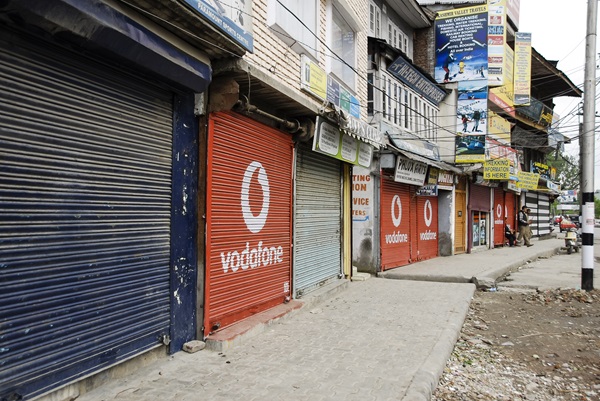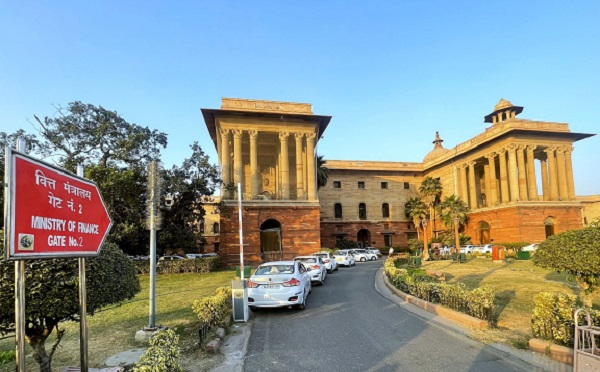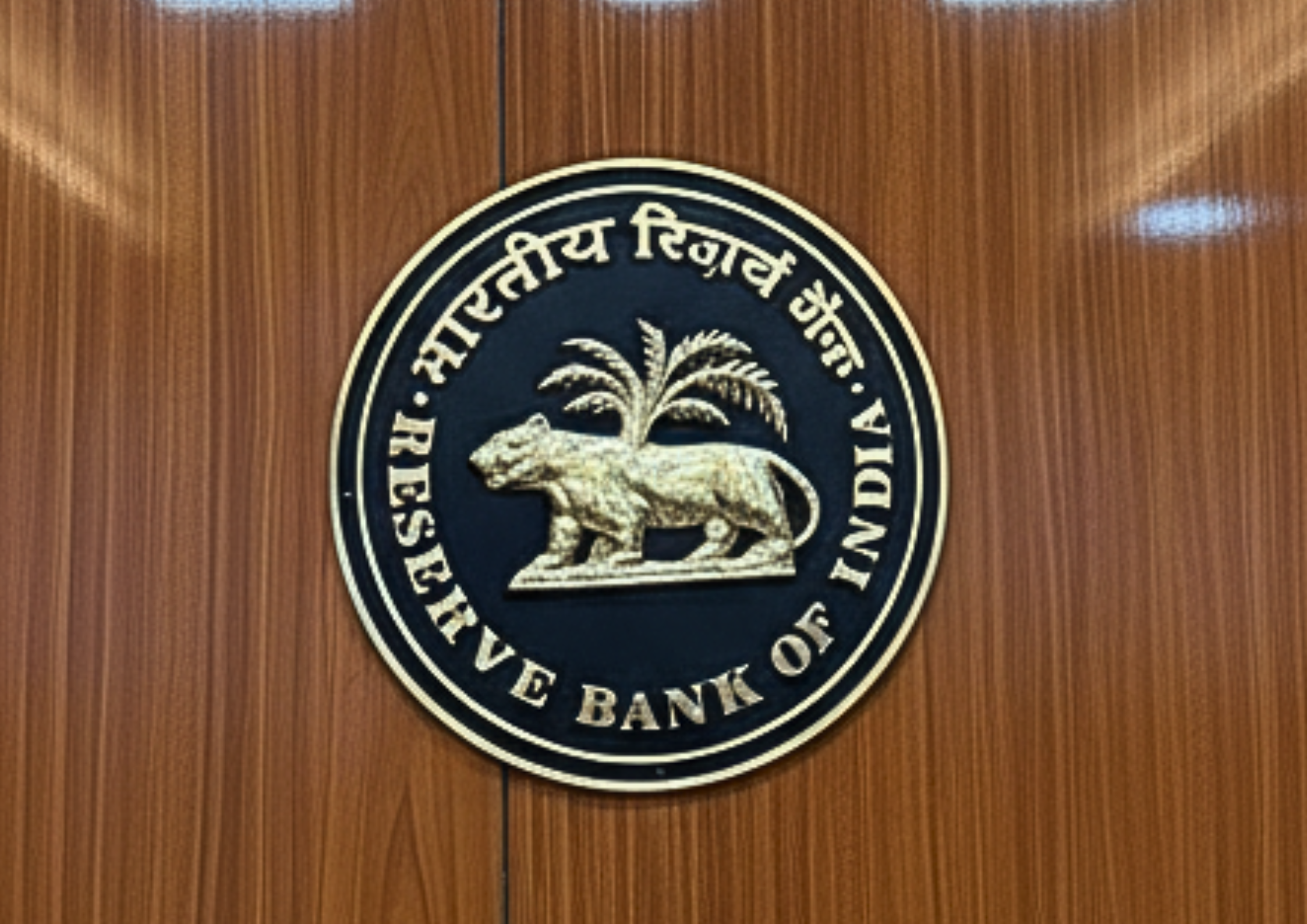.png)
Venkatakrishnan Srinivasan is a bond market veteran. He is the founder and managing partner of Rockfort Fincap LLP.
November 3, 2025 at 7:30 AM IST
Remember when public sector giants such as PFC, REC, IIFCL, NABARD, HUDCO, NHAI, IRFC, or NHB issued tax-free bonds? People used to line up outside banks and broker offices to apply. These bonds were safe, backed by the government, and offered a steady, tax-free income, a dream come true for many small investors. Investing in bonds was exciting then.
Those good days are long gone. Only few such high-quality issuers came to the public with bonds in last decade, we have hardly seen such AAA quality issuers, both public sector and private sector, tapping the public issue bond market, not even as a CSR activity. Most small investors have forgotten that phase, though many still miss the simplicity and trust they offered. Thanks to Online Bond Portal Providers, at least they cater to retail investors through secondary market.
Today, the public bond market looks dull. Hardly any AA and above credit is issuing bonds for retail investors. According to SEBI data, companies raised about ₹190 billion through public issues in 2023-24. That figure dropped to ₹80 billion in 2024-25, and only ₹50 billion has been raised till October 2025.
Most companies now prefer private placements because they’re faster, cheaper, and involve less paperwork. The result: the primary retail investor has almost disappeared from India’s bond story.
SEBI Thrust
The thinking is simple: make bonds feel rewarding again for ordinary savers who like fixed returns and safety at a time when bank fixed deposits are offering returns below 7%. If investors show interest, issuers might return to the public market to raise money instead of quietly doing private deals. Slowly, the bond market could come alive again.
How will this boost market volumes in public bond issues, which have almost dried up?
Investors already familiar with bonds stand to benefit immediately, but the larger goal is to reignite issuer interest. Public issues were once the preferred route to build a broad retail base. Over time, though, convenience, flexibility, lower costs, and faster execution have pulled issuers toward private placements.
If the ability to offer a modest coupon premium or issue-price discount draws attention from retail-friendly categories such as senior citizens or women, it can help rebuild demand. Yet the key lies in whether issuers genuinely reconsider the public issue route as a viable, cost-effective way to reach new investors. This shift is especially relevant now that SEBI already permits ₹10,000 face-value bonds through private placements, subject to merchant banker appointment, effectively blurring the distinction between institutional and retail access, however the retail investors can invest in secondary market.
Issuers who avoided public deals earlier because of compliance overheads may now have a reason to return. Once more issuers begin to test the market, visibility improves, investor confidence grows, and banks, PSUs, NBFCs, and MFIs could gradually resume regular public issues.
This will not be a revolution; it will be a restart. The present ₹49.98 billion figure will not leap to ₹500 billion overnight. Incentives can act as ignition, not as fuel for the entire journey.
Should retail investors alone shoulder the revival?
Absolutely not. Retail cannot replace institutional investors. Insurers, mutual funds, and provident funds remain the market’s heavy lifters in price discovery, stability, and liquidity.
Retail participation adds energy, not weight. It broadens the base and demonstrates inclusivity, but sustained depth will always depend on institutions. The healthiest scenario is where retail participation brings momentum while institutions provide anchor stability. Retail nudges the market forward; institutions keep it grounded. Even institutional investors will come forward in a big way, if they find good retail investor interest on any particular issuer or instrument.
Why this matters now?
With the end of tax-free bonds and few highly-rated PSU issues, investors now have to look at the risk-reward trade-off before putting in their money.
This makes investor education and protection more important than ever. People must understand what a credit rating means, what can go wrong, and why a higher coupon may not always be a good thing. If investors aren’t confident, no incentive will bring them back.
How online platforms can help?
Imagine a message on your phone that says:
“Senior citizens earn an extra 0.25% on AAA-rated XYZ Bonds — Apply now online!”
That kind of simple, credible, and transparent approach can draw attention. With fast KYC, secure payments, and real-time tracking, these platforms can make bonds accessible again for everyday investors who are used to online banking and digital mutual funds.
The Numbers Tell the Story
The decline is obvious. SEBI’s move aims to stop this fall and get new issuers back into the game.
What needs to happen next?
SEBI’s plan alone won’t fix everything. It’s a good start, but for this to work well, five things must happen:
- Better investor education: Investors should learn how bonds work and what risks to watch out for.
- Stronger protection rules: Safeguards must ensure that retail investors don’t lose trust because of hidden risks.
- High-quality issuers: More public sector or top-rated companies should come back with public bond issues, like the tax-free bond era.
- Short tenor secured instruments with frequent interest payments
- Exit facility in case of emergency with small penalty similar to banks’ fixed deposit schemes.
If all this clicks, bonds could once again become a trusted, income-earning choice for millions of Indian savers — steady, safe, and simple to understand.




